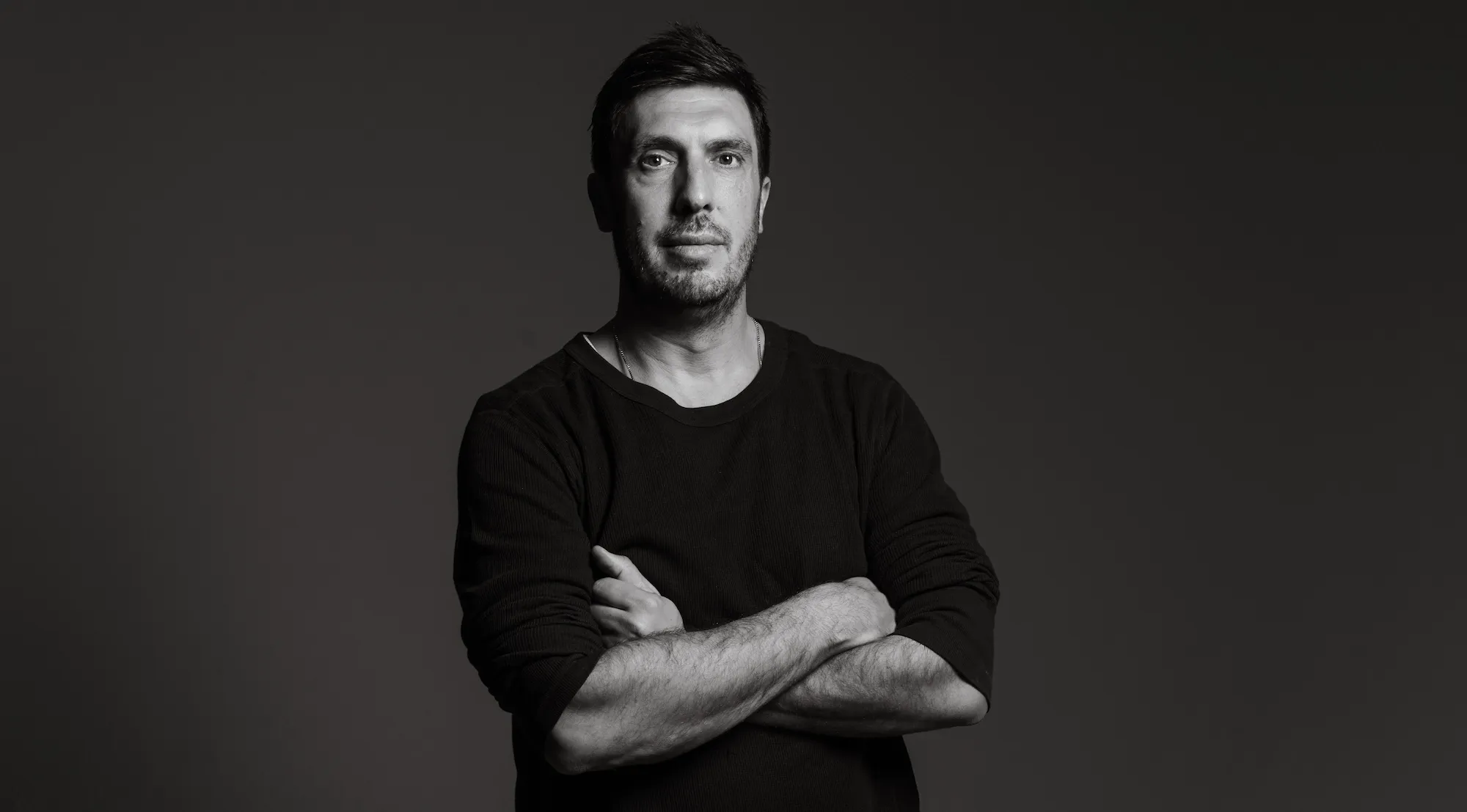Fertile grounds for revolution
Does a public revolution lead to a private one? Population statistics suggest yes, at least in one country. In Egypt, exactly nine months after the February 2011 Arab Spring, birth rates increased dramatically.
Egypt has long been known for its high population growth and fertility rates, and is on the verge of reaching a population of 100M, the highest in the Middle East by a wide margin. In fact, since the revolution, the nation has added some 11 million people to its population rolls – roughly the same number as inhabit the nation of Greece. Meanwhile, fertility rates have jumped to 3.5 children per woman, which far exceeded the government’s goal of 2.1 that was set as a population replacement rate.
That’s not to say that, revolution or no revolution, Egyptian women are universally in agreement with conceiving and raising larger numbers of offspring. On the contrary, a 2015 Egypt Demographic and Health Survey that tracked changes in fertility from 2008 through 2014 showed that Egyptian women aren’t eager to match the country’s fertility rate of more than three births per woman.
Instead, those surveyed on average pegged the optimal fertility rate at 2.8, which amounts to less than three children per woman. Moreover, 60 per cent of women in Egypt said that they did not want another pregnancy. Indeed, according to the survey, over 20 per cent of married women were convinced their mate wanted more children than they did. Plus, “Overall, 16 percent of births in the five-year period were not wanted at the time of conception.”
Deputy minister of health and population Tawfik told Bloomberg that if birthrates aren’t effectively kept under control, food and water shortages will inevitably occur, since land suitable for agriculture will degrade.
Understanding the increase in birth rates
This increase in birth rates has arisen, in part, from a change in government policies. Tarek Tawfik, an epidemiologist who also serves as Egypt’s deputy minister of health and population, told Bloomberg News that the rise in births actually started some six years before the revolution, when the United States began reducing funding to Egypt for family planning programs.
Gamal Serour, a recognized Egyptian fertility authority and professor of obstetrics and gynecology at Al Azhar University, confirmed the pattern and timing, telling PassBlue, which independently covers the United Nations, that the Mubarak government didn’t cover the family-planning funding shortfall. As a result, Serour said, “This resulted in a drop in contraception prevalence [and] increase in fertility rate.”
A January 2018 study published in the peer-reviewed journal PLoS One dug deeper into fertility statistics associated with Arab Spring. The writers note that Mubarak himself was a strong advocate for family planning because he viewed “rapid population growth as hindering socio-economic progress”.
However, once Mubarak had been removed from office, the study indicated that this and other changes contributed to the spike in fertility rates. These changes included a rise in the number of females who chose to get married out of a concern for their own personal safety. And, the study writers noted, “Marriage remains nearly universal and divorce relatively rare in Egypt, and virtually all childbearing occurs within marriage”.
Egypt’s progressive views on fertility
Still, Egypt has been a pioneer among its peers in the field of fertility. In an OpEd in the New York Times fertility. Yale Professor Marcia Inhorn notes that Islamic clerics were “among the world’s first religious leaders to approve in vitro fertilization (IVF) as a solution to marital infertility.” The Grand Shaikh of Egypt’s renowned religious university, Al Azhar, issued “the first widely authoritative fatwa on medically assisted reproduction” in 1980, only two years after the birth of the baby through IVF, in England.
Indeed, across all branches of Islam, the majority religious viewpoint is that egg freezing and sperm freezing are both ‘halal’ as long as they are exclusively for the use of the donor and their partner. As a result, the region has very high-quality care and the Middle East hosts one of the strongest ART industries in the world, with many countries performing among the highest number of IVF cycles per capita.
Looking forward
Dr. Inhorn notes that Egypt “sits just above the ‘infertility belt’ of Central Africa, which begins in Sudan and stretches into West Africa”. And while Egypt does not have the highest rate of infertility, child birth is viewed as an important part of continuing the family legacy.
She continues, “in Egypt adults often continue to live with their extended families, where they are enmeshed in loving, connected relationships…when couples can’t have children, their families become very involved. Although the wife’s family wants the marriage to work, the husband’s family often tries to influence the husband to divorce.”
Men in Egypt, the Middle East and abroad should consider the steps they can take to ensure that they and their partner can have a child how and when they choose to – Legacy’s clients certainly have.


